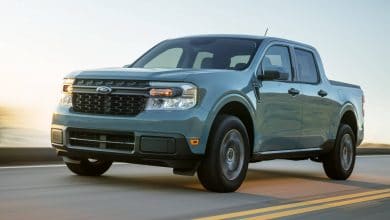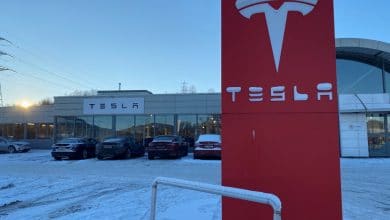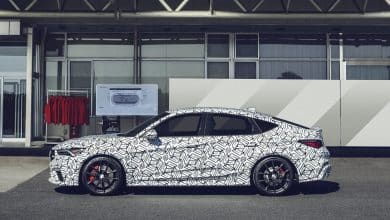Volvo: The autonomous car does not exist without radars

Volvo is a manufacturer who has always focused on road safety, as proof, it will develop a new generation of autonomous technologies over the next few years. To be implemented in the next XC90 – which will arrive in 2022 – the system Volvo Ride will rely on a combination of radars, lidars, cameras, artificial intelligence and super processors that will allow its vehicles to drive themselves.
The Sino-Swedish manufacturer, now in the fold of Chinese giant Geely, told us in an online conference that the future of the autonomous car cannot be possible without the help of next-generation lidars. When asked about Tesla’s decision to remove its radars with Tesla Vision, Volvo CEO Håkan Samuelsson simply told us that it’s like removing one of the human being. five senses and then ask him to perform the same tasks.
“It is impossible to obtain a fully autonomous and safe vehicle with the exclusive use of cameras. Lidars allow the vehicle to perform better than a human being. That’s what we want: a vehicle that sees beyond human limits. Lidars allow the vehicle to analyze its environment in real time, its topography, surfaces, relief and depth, something which is downright impossible if one uses only cameras ”- added Håkan Samuelsson.
In order to demonstrate its dedication to radar and lidar technology, Volvo has teamed up with Luminar, which specializes in this area.
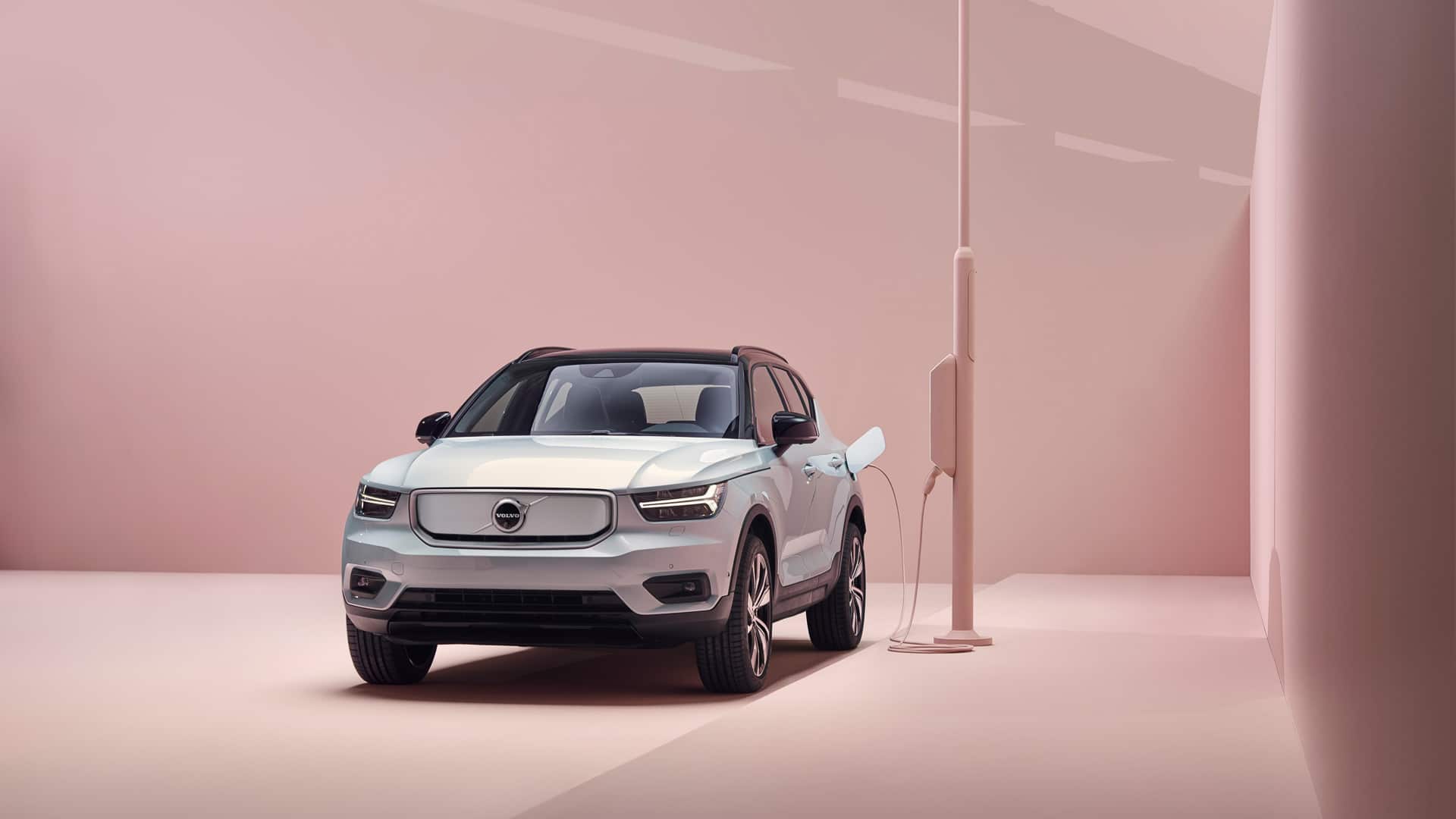
Volvo mentions, however, that these technologies cannot be effective without the help of a computer capable of interpreting the information properly. However, in addition to equipping its next vehicles with advanced observation tools, Volvo will integrate a brand new super processor designed and developed by Nvidia. This is the DRIVE Orin processor which incorporates artificial intelligence to observe, understand and act in real time when the vehicle is in motion. Together, these technologies will enable the Volvos of tomorrow to constantly understand their environment, learn and act accordingly.
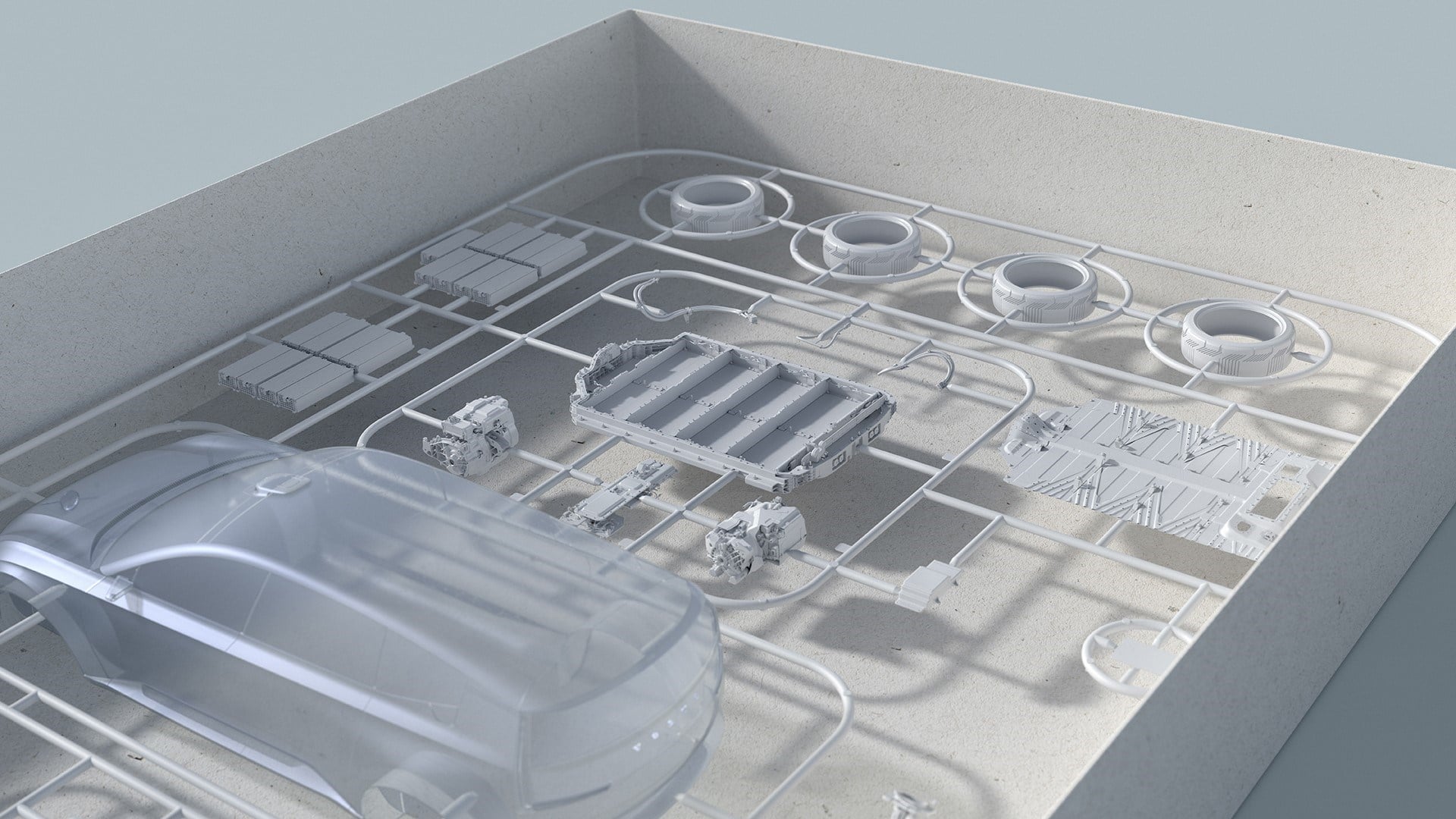
Finally, the vehicles will be connected to a database provided by the Swedish storage company Zenseack. This will be able to store up to 200 pebibytes (225 million Gigabytes) of information for analysis and improvement, and then remotely update vehicles as needed.
Volvo certifies that all these advanced technologies will enable it to achieve its goal of zero collisions by the end of this decade. Although the manufacturer has preferred not to decide on the levels of autonomy that these next systems will offer consumers, Volvo explains that it will be a supervised system, that is to say an interaction some kind of driver will always be needed.
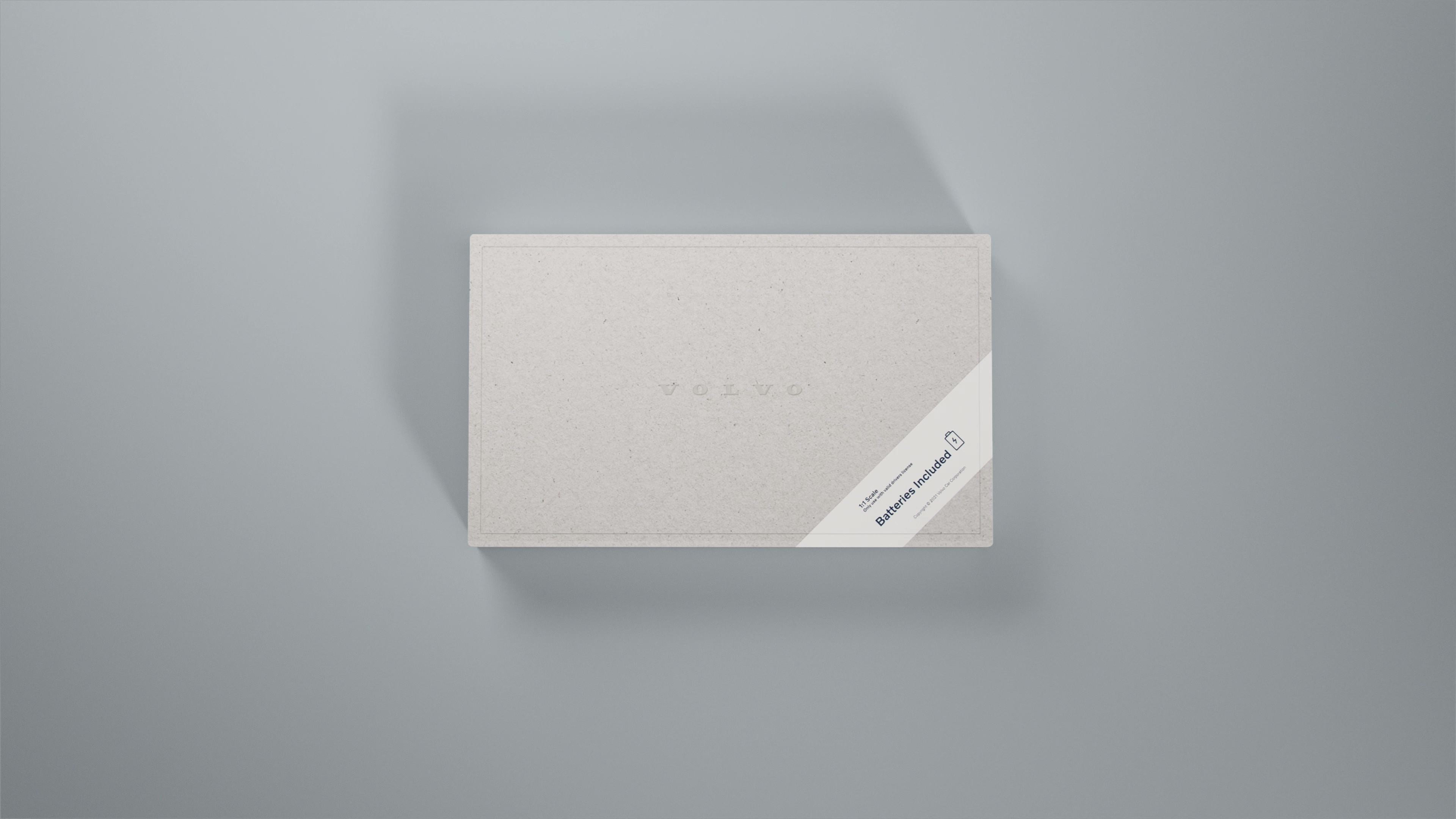
When it goes on sale, Volvo Ride will offer three levels: Drive, Cruise and Ride. In Ride mode, it will be almost fully autonomous driving. When asked who will take responsibility in the event of a crash in Ride mode, Volvo says it will take full responsibility if its system has resulted in bodily injury or death.
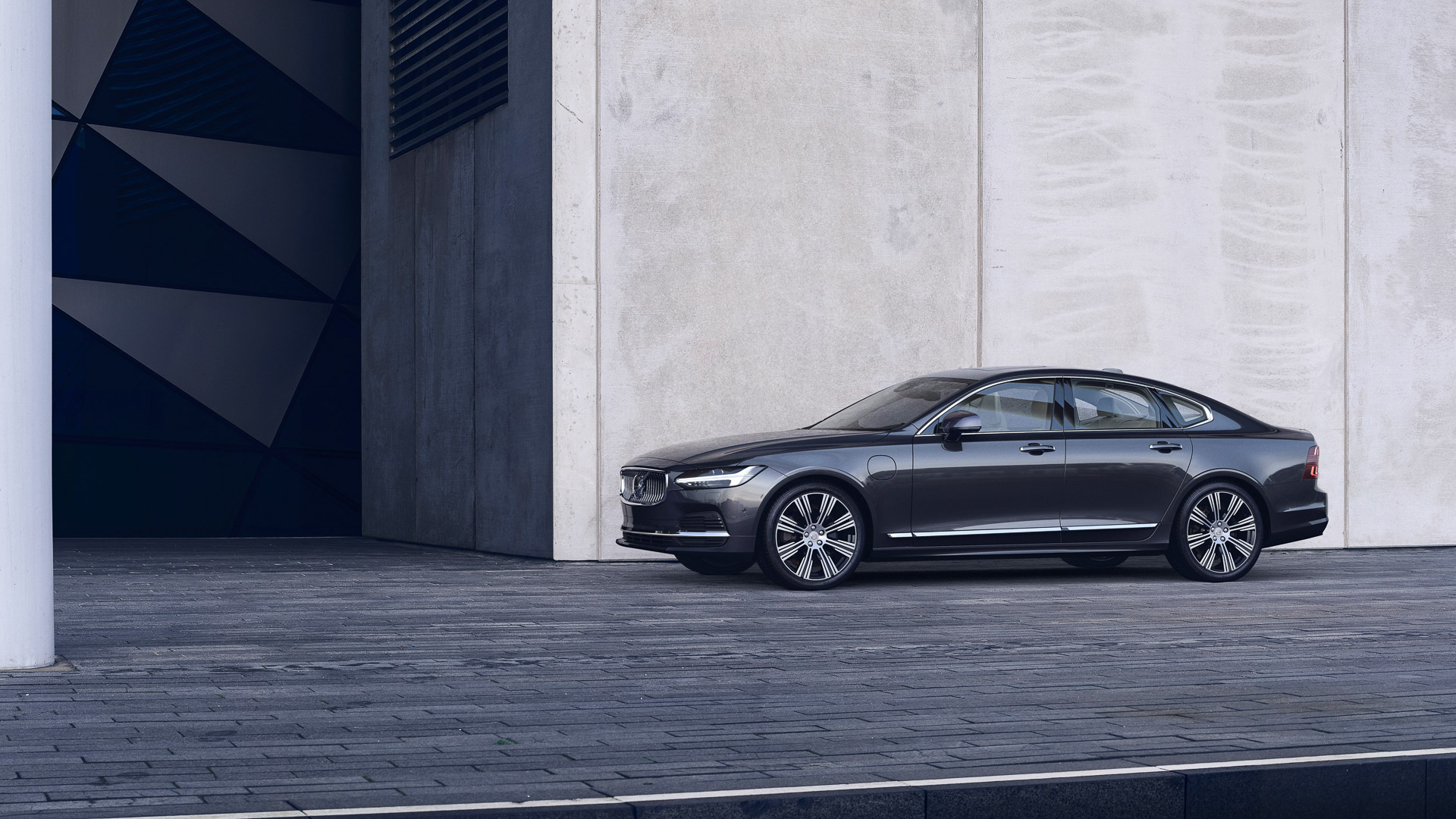
So many testimonials that could generate ethical challenges in the future, but Volvo says it is ready to face this new reality in order to market the vehicles “the safest on the planet”.

